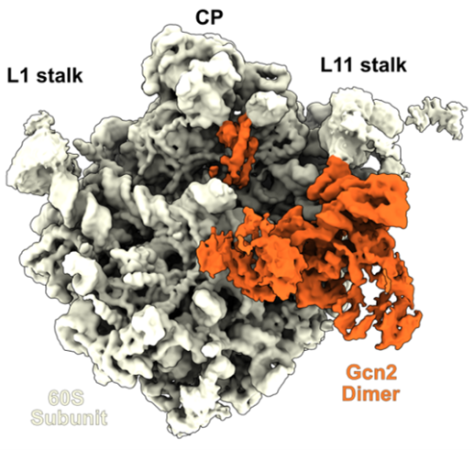2025-04-11 総合研究大学院大学
<関連情報>
台湾更新世から出土したデニソワ人の男性下顎骨 A male Denisovan mandible from Pleistocene Taiwan
Takumi Tsutaya, Rikai Sawafuji, Alberto J. Taurozzi, Zandra Fagernäs, […], and Frido Welke
Science Published:10 Apr 2025
DOI:https://doi.org/10.1126/science.ads3888

Editor’s summary
Denisovans are a Pleistocene hominin lineage first identified genomically and known from only a few fossils. Although genomic studies suggest that they were widespread throughout Asia, fossils of this group have thus far only been identified from regions with cold climates, Siberia and Tibet. Tsutaya et al. used ancient proteomic analysis on a previously unidentified hominin mandible from Taiwan and identified it as having belonged to a male Denisovan. This identification confirms previous genomic predictions of the group’s widespread occurrence, including in warmer climates. The robust nature of this mandible is similar to that seen in a Denisovan one from Tibet, suggesting that this is a consistent trait for the lineage. —Sacha Vignieri
Abstract
Denisovans are an extinct hominin group defined by ancient genomes of Middle to Late Pleistocene fossils from southern Siberia. Although genomic evidence suggests their widespread distribution throughout eastern Asia and possibly Oceania, so far only a few fossils from the Altai and Tibet are confidently identified molecularly as Denisovan. We identified a hominin mandible (Penghu 1) from Taiwan (10,000 to 70,000 years ago or 130,000 to 190,000 years ago) as belonging to a male Denisovan by applying ancient protein analysis. We retrieved 4241 amino acid residues and identified two Denisovan-specific variants. The increased fossil sample of Denisovans demonstrates their wider distribution, including warm and humid regions, as well as their shared distinct robust dentognathic traits that markedly contrast with their sister group, Neanderthals.


